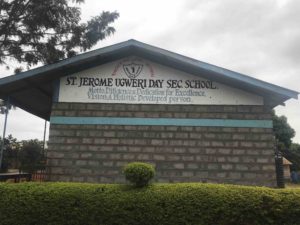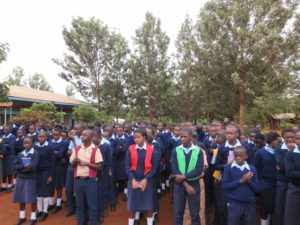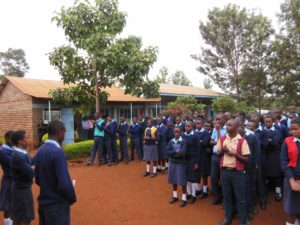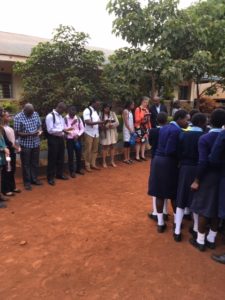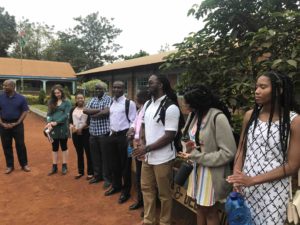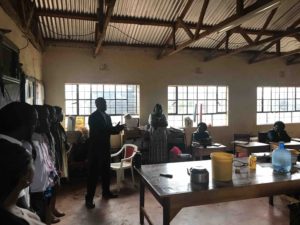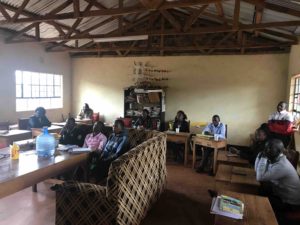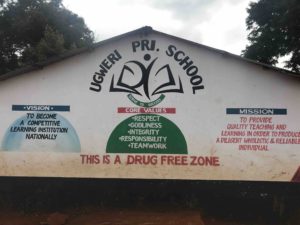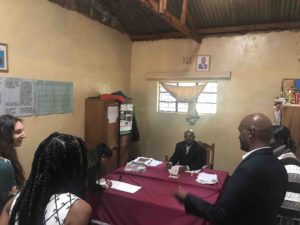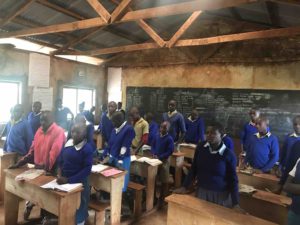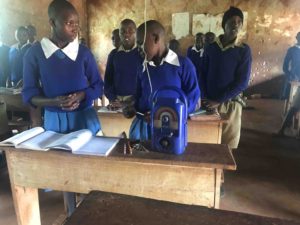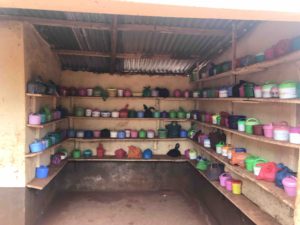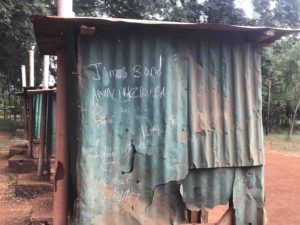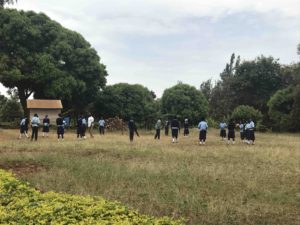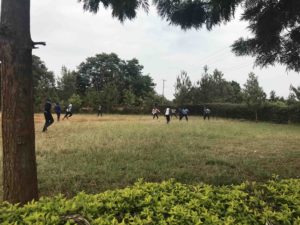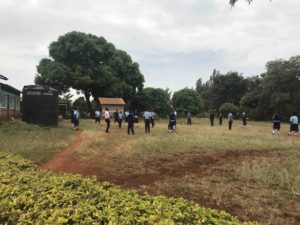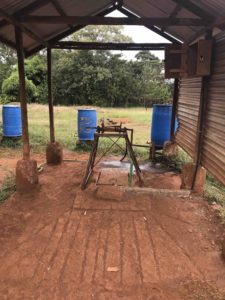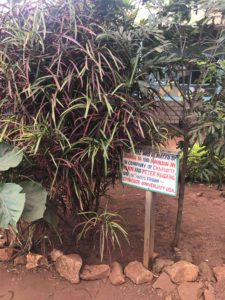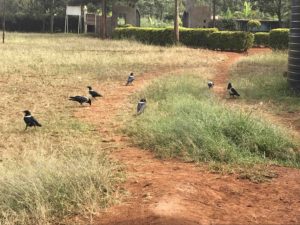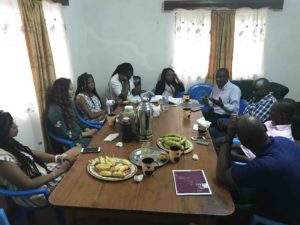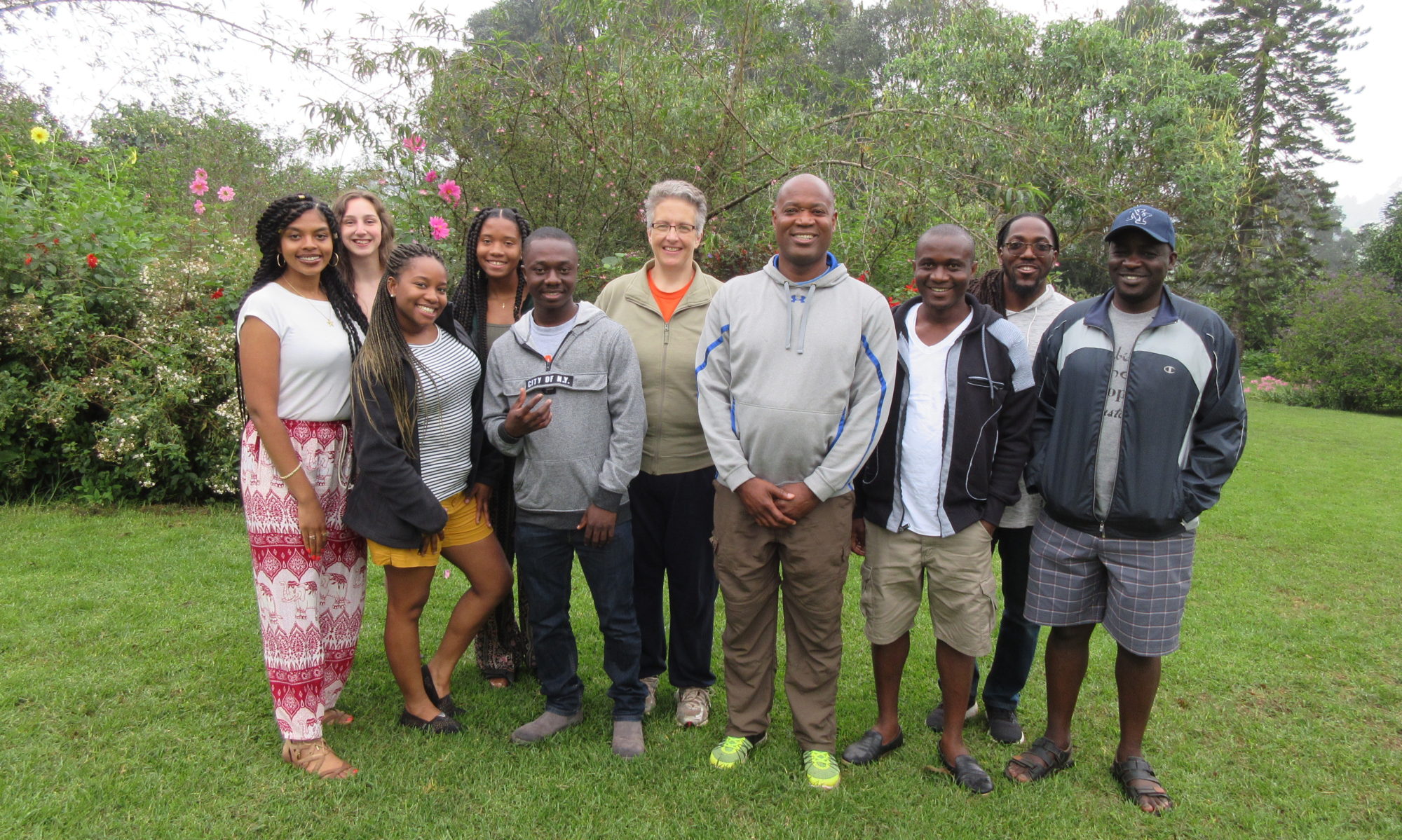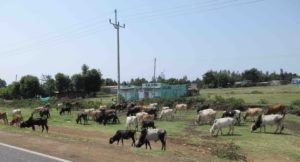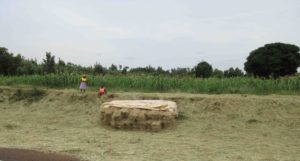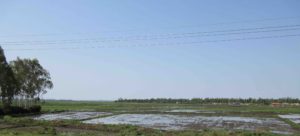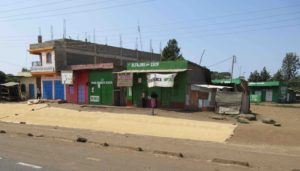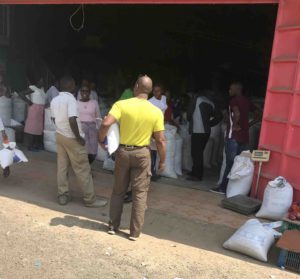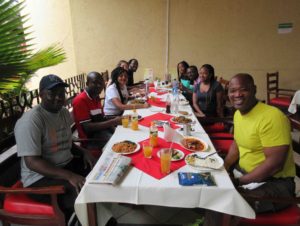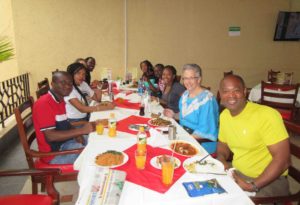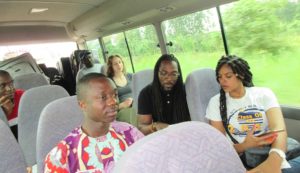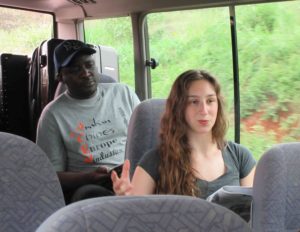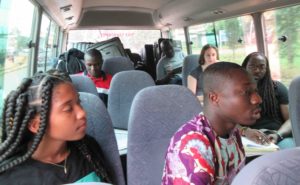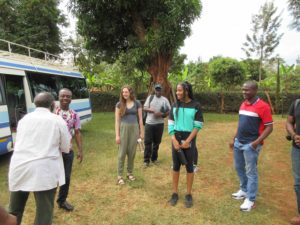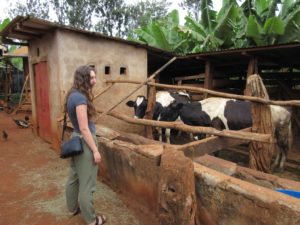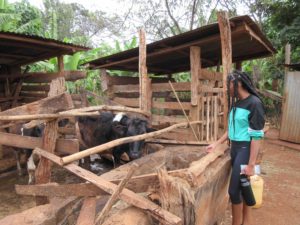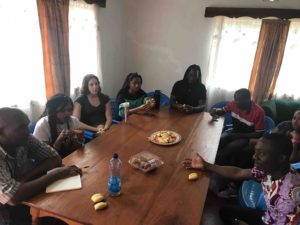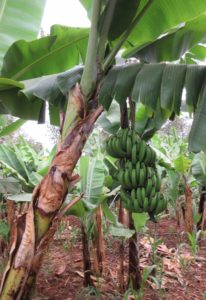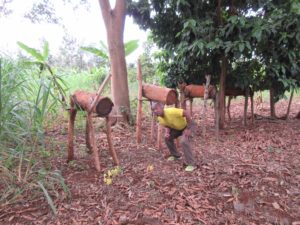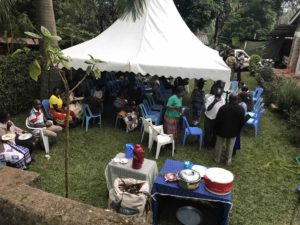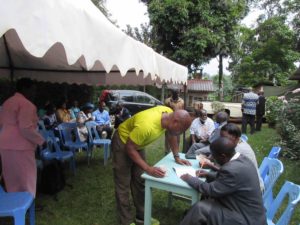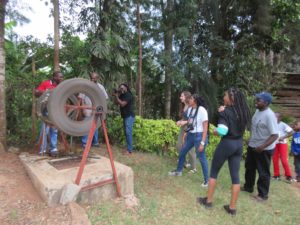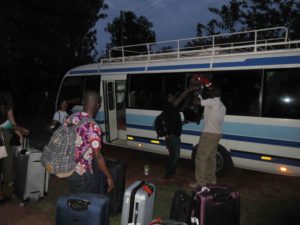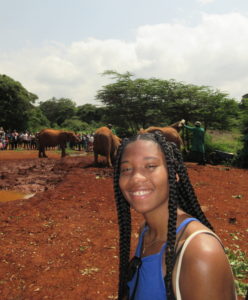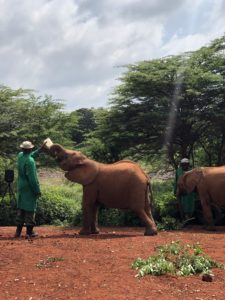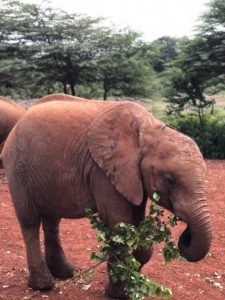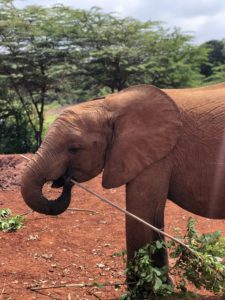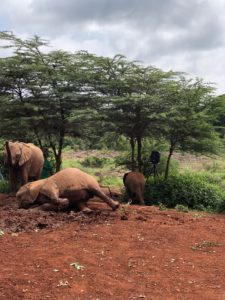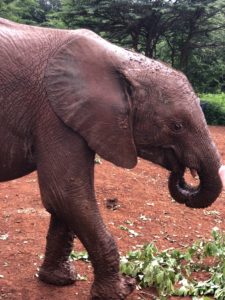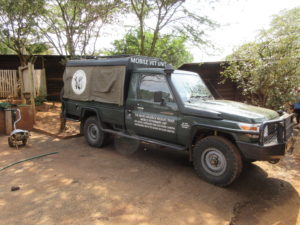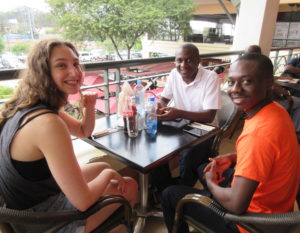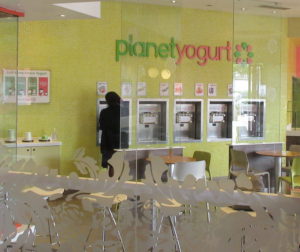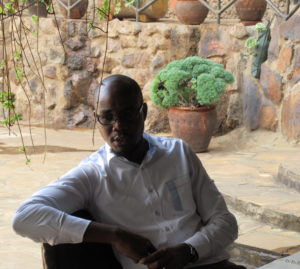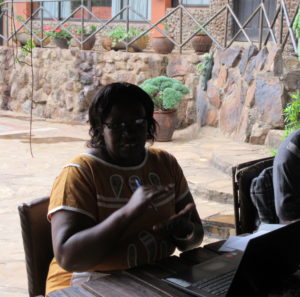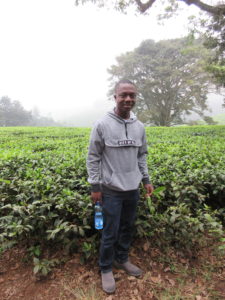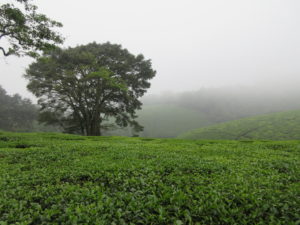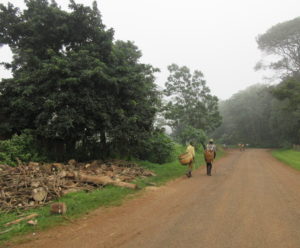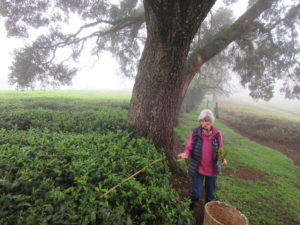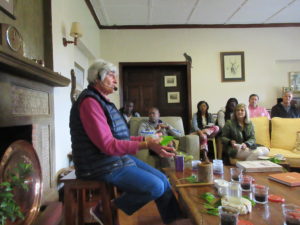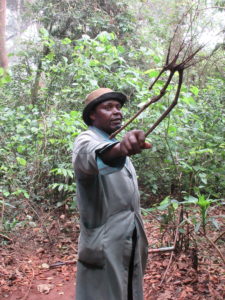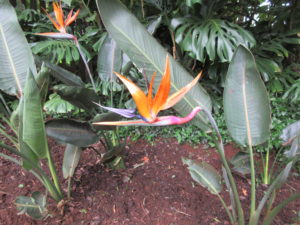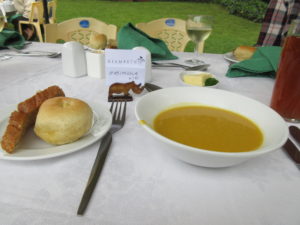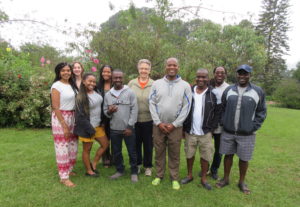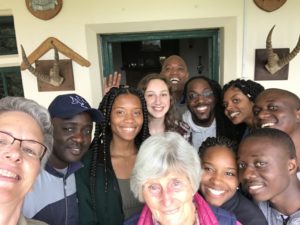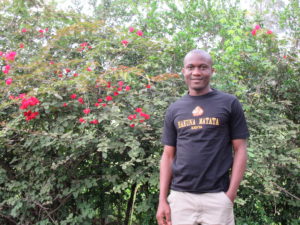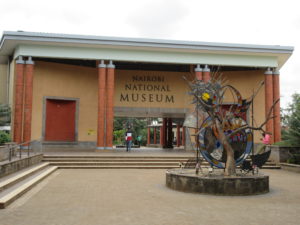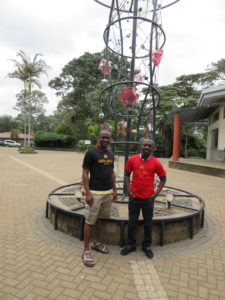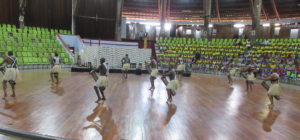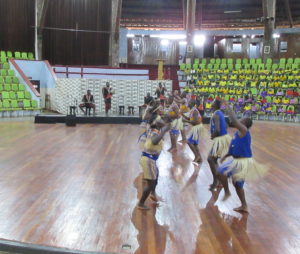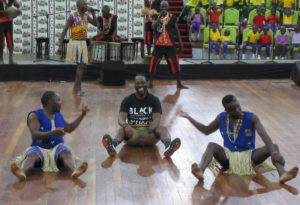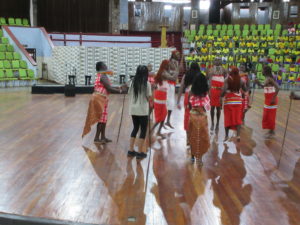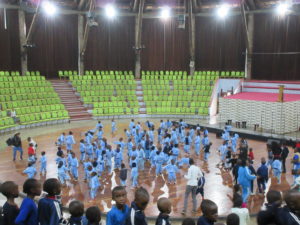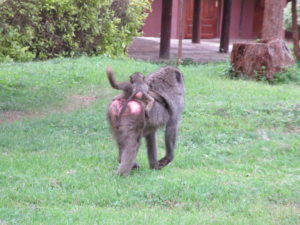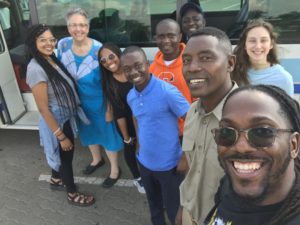Today’s blog is written by one of the students in the study abroad course.
Name: Easton Davis
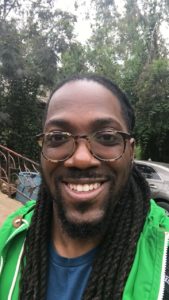
Hometown: NYC by way of northern Virginia
Program of Study: Beginning second year in MS in Cultural Foundations of Education program
I am participating in the Kenya study abroad experience because broadly, my research interests seek to explore how internalized oppression is embodied and how, in particular, students of color resist, interrogate and respond psychologically and physiologically. My desire to participate in the Kenya study abroad was prompted by the opportunity to observe and engage with students and educators from a primary and secondary school. So far, I have gained a greater understanding of how educators within varied educational institutions utilize teaching and learning strategies in spite of many complex social, political and economic challenges.
Some things I have observed thus far are a number notable observations I made while at Ugweri Day Secondary School. The school forms a shape of a “U”, mostly connected through classrooms. There are gendered restrooms (washrooms) located adjacent to the playground. Students eat outside together near the playground on wooden benches by a beautiful tree. The teachers’ lounge (staff room) is centralized and accessible for teachers to convene and prep lesson plans, discuss challenges, eat lunch, as well as rest. In terms of instruction, I have been most impressed and interested in the level of attention many of students appear to give their teachers. They are extremely well-behaved, attuned and motivated. The students I observed seemed to record almost everything their teachers shared in class. Although, I’m amazed at their level of attention compared to students I have worked with back in the U.S., I also believe there is a sufficient opportunity to further analyze challenges the effectiveness in teacher-centered instruction.
I am looking forward to getting to know the students at the secondary school as well as better understanding how their relationships with teachers impact their learning. Thankfully, all of the teachers I had a chance to interact and meet with today, have been more than gracious in fostering a relationship and engaging in meaningful dialogue about learning which I find most humbling. Taking in consideration my educational privilege, group membership and social identity I recognize how my “classroom observations” or “knowledge” can create a set of complex and nuanced challenges for teachers/educators and members of the larger community to sit with.
Recap of Today’s Activities:
Today has been a whirlwind of excitement. We started our day at St. Jerome Ugweri Day Secondary School, located in Ugweri village. The principal, Mrs. Joyce Muli, and Dr. Peter Rugano, a member of the school’s board of directors and Syracuse alum, greeted us during the morning assembly. The assembly consisted of general announcements, a hymn, and prayer. My classmates, two Syracuse University faculty members and I had a chance to introduce ourselves to the student body—as they laughed and snickered from some of our American accents. We then had a chance to observe various instruction and in some cases even teach a unit on science, history, geography, religious education, special education or English. The highlight of my day was during Physical Education (P.E.) that happened right before lunch. I had a chance to see students open up and run freely as we played football (soccer), volleyball and catch. I decided to get to know a few students and play volleyball as a way to build rapport. Thankfully, my stellar performance, or perhaps lack-there-of, offered us an opportunity to relish in laughter. We ended the day with a class discussion led by our faculty. We discussed the highlights of our day, shared detailed observations in pedagogy, forms of student engagement, perceived challenges between the political apparatus and educational sector, and access to educational resources. We enjoyed another delicious meal at one of our host family’s home.
